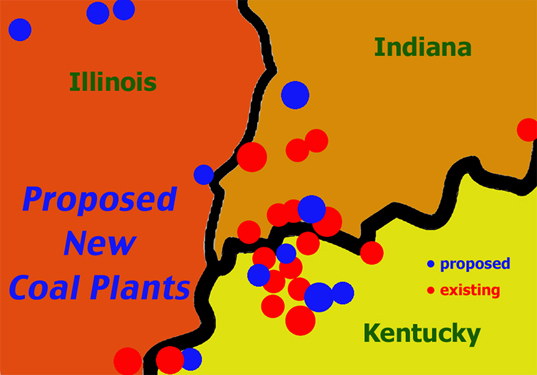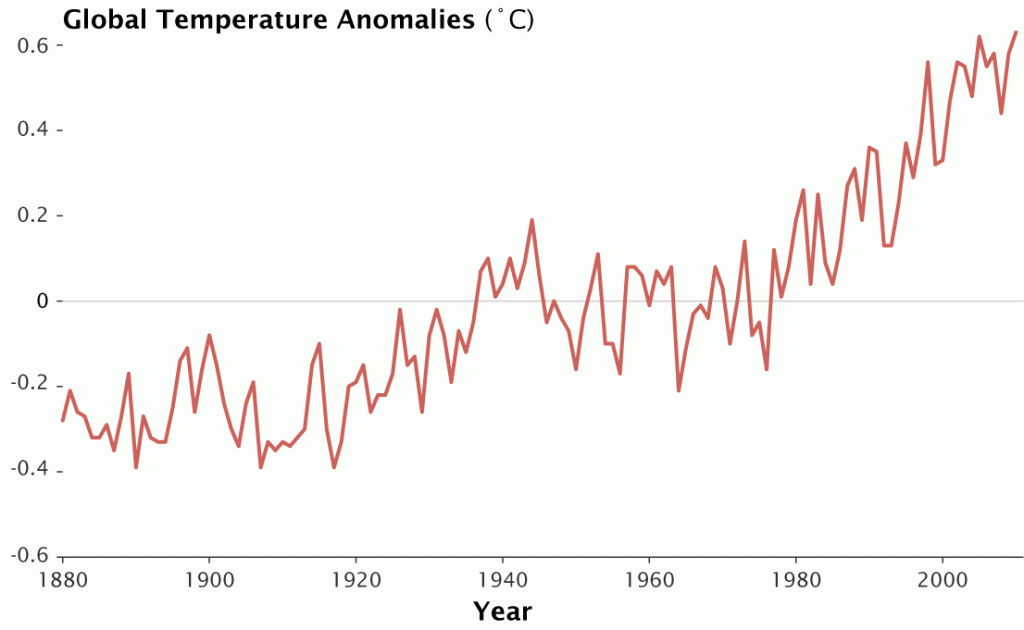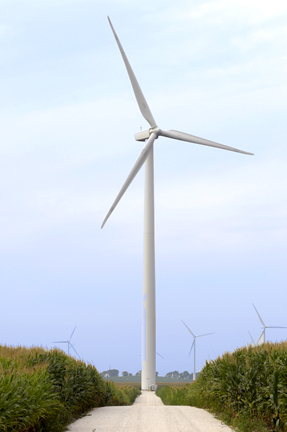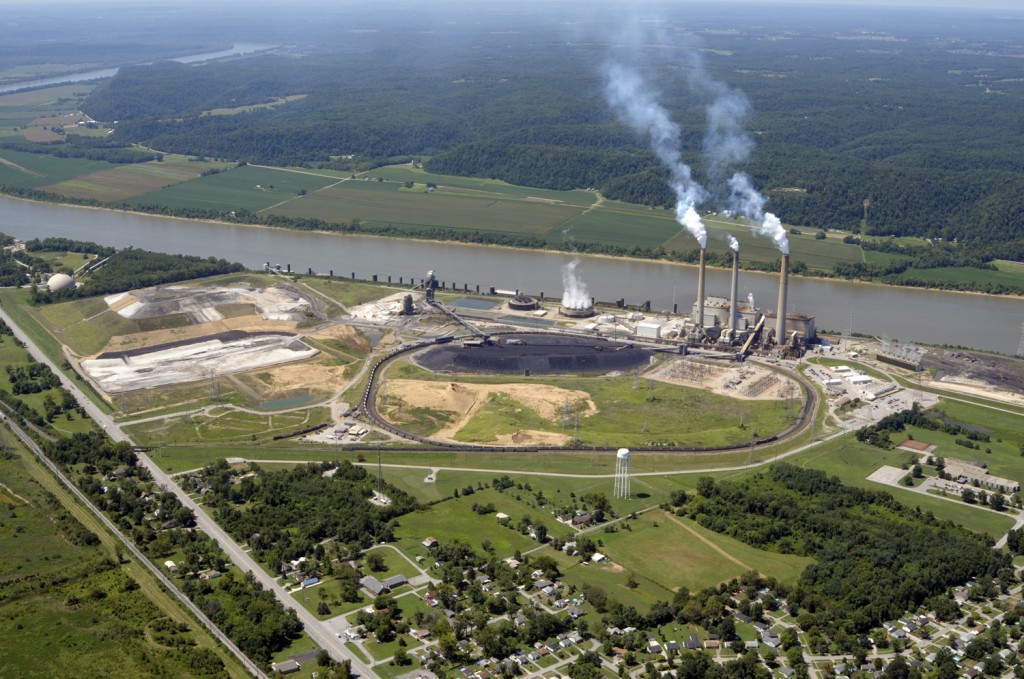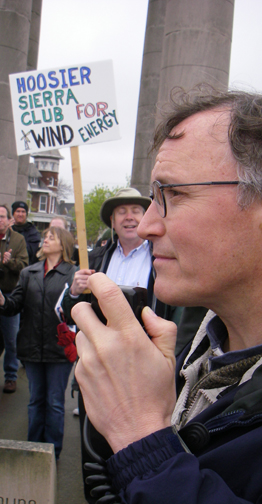by John Blair, valleywatch.net editor
As most of America turns from new coal due to its release of massive amounts of pollution including global warming gases like CO2, the states of Illinois, Indiana and Kentucky are doubling down on a bet that coal’s future is bright.
Those three states have large reserves of high sulfur coal in what is known geologically as the Illinois Basin, an area rich in fossil fuels including oil as well as coal.
When the Clean Air Act of 1990 passed, the fortunes of Illinois Basin coal dived due to the high sulfur content that was addressed in the 1990 law. But due to a series of new environmental regulations and the prospect of new technology to burn and gasify coal, industry supporters are hoping their fortunes will change as a result of recent elections that placed coal supporters and climate change deniers in the majority of the US House of Representatives and increased numbers in the Senate as well as big increases in state legislatures in coal country.
New regulations to force utilities to scrub sulfur dioxide from their stack emissions has breathed new life into Basin coal since power plants are building scrubbers which again allows them to burn high sulfur coal. Those regulations include the now court over-turned rule known as the Clean Air Interstate Rule offered in the Bush Administration’s first term and the rule that has now replaced it, the Transport Rule which requires power plants in the eastern US to significantly reduce their sulfur dioxide emissions.
Utilities are now assessing the economic veracity of placing expensive scrubbers on their old fleet of power plants, especially in light of several other prospective rules that will force coal plants to spend money to control their emissions, including mercury.
Now, in the Illinois Basin, coal proponents are looking to alter their technology and build plants that gasify coal to produce both electricity and something called syngas that can be used as a substitute for natural gas in a variety of uses.
All three states in the Basin have serious plans being proposed for two gasifiers in each state.
Of course, proponents seem oblivious to the enormous cost of building the plants and the fact that the added cost of capturing and sequestering (CCS) the huge CO2 emissions that come from this process just like the old plants.
The US Department of Energy has estimated that the costs of CCS adds a whopping 50% to the overall capital cost of building such a plant.
Only one of these plants is actually being constructed. That is Duke Energy’s Edwardsport plant in SW Indiana. When it was first proposed, Duke enlisted political support for the plant by claiming it would cost $1 billion and include CCS in 2004. Two years later the declared price rose to $1.2 billion without CCS. When the plant was given permission to build by the Indiana Utility Regulatory Commission in 2007, that figure was $1.985 billion and opponents warned that the cost would continue to rise.
Today, the price has risen to just under $3 billion but that does not concern Duke Energy since the deal struck with the IURC allows them to put their Indiana ratepayers at risk for the entire amount, much to the chagrin of customers since their rates will rise by more than 30% to pay for the plant which opponents offer evidence that the plant is not even needed to serve those same customers.

